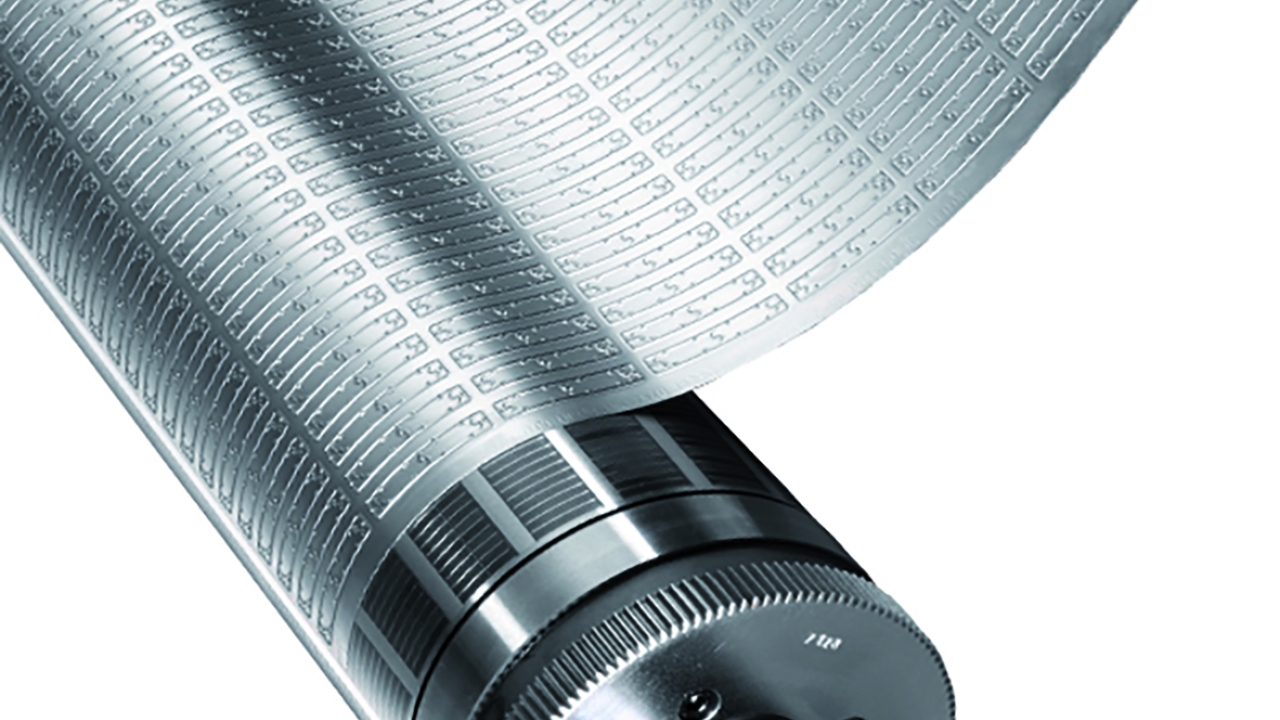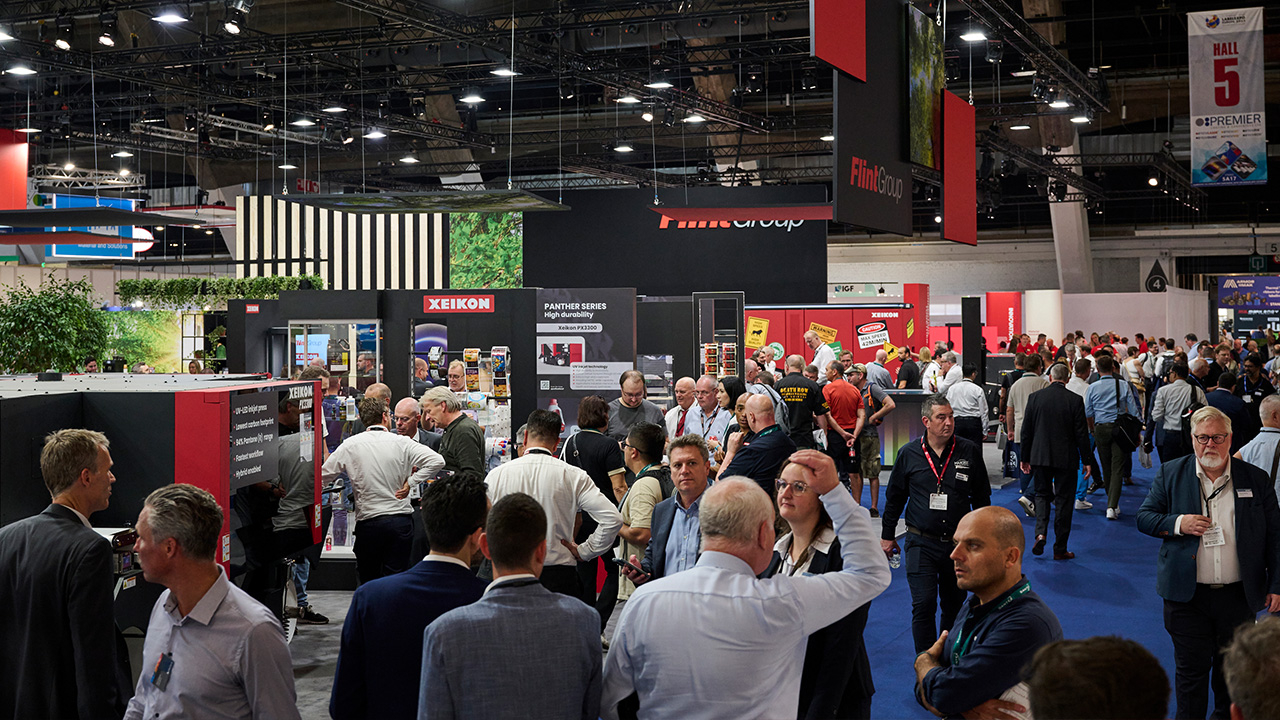Label tooling: minimizing damage and safety risks

Any operations that involve the handling, setting-up, cleaning, inspection or storage of cutting, embossing, foiling, sheeting or perforating tools – even cylinders, anvils and support rollers – has the potential to either damage the tooling or cause a safety or health risk to the workforce. This applies whether the tooling is flatbed, solid rotary or flexible. Some operations and tools however, are perhaps more likely to cause damage or safety risks than others.
In particular, the manufacture and subsequent use of tooling at the finishing end of a roll-label press often involves engineered products that can be heavier, harder to handle, bulkier and potentially more likely to be damaged or cause damage than in many other label production applications. Quite simply, moving and handling precision engineered tools during manufacturing or in warehouse, production or storage areas needs specific expertise and training – in particular at the finishing end of the press – where safety or damage risks have the potential to most likely occur. These areas and operations can include some or all of the following:
- Solid rotary cutting, embossing or foiling tools, as well as cylinders and anvils, can be quite heavy and a challenge to lift and move in or out of the converting line and handle safely without risk to the tool or operator
- Flatbed, rotary or flexible cutting dies have sharp edges. Operators can sustain cuts and the cutting edges can be damaged during handling, set-up or adjustment
- Unpacking of incoming cutting dies and other tooling – and re-packing for storage or shipping – again has the potential to cause damage to the tool or operator during handling
- Cleaning and treating (oiling) prior to storage may also lead to handling or tool damage if not carried out carefully
- Operators may adopt awkward postures of back, neck and arms when inserting tooling or making machine adjustments, cleaning, and performing other tasks on the finishing line
- Loose objects or hand tools, Allen keys, etc, left lying around the press may fall or be dislodged into machine working areas and cause serious tool or machine damage.
- Items of clothing (hard metallic buttons) or jewellery (rings, watches, chains) worn by the operator during handling, installation or set-up may cause scratches, nicks or abrasions on precision tools, and possible injury to the operator
- Insufficient attention to set-up and running tolerances and pressures may lead to unit or tooling damage
- Poor tooling maintenance and storage conditions can lead to deterioration in tools over time
There are always other areas where improved care and attention to tooling may be required, depending on the particular manufacturing or factory circumstances, but regular recording of the circumstances of tooling damage or operator safety issues should enable a converter to make further recommendations for handling, storage or operator training.
The handling of tooling should not be just a secondary concern. The systems and procedures that are used to move and handle tooling as it enters, passes through, and departs manufacturing processes, machinery or fabrication areas can be critical to company productivity. This means the personnel that handle tooling need specific handling and usage instructions.
Reduce costs
Often this training may be overlooked or considered secondary to the process of the machine set up. However, good storage, transportation and handling systems used in label converting operations can significantly reduce costs, increase productivity and create a safer, more ergonomic production environment.
Some of the key factors that need to be considered and addressed in the manufacturing and subsequent use of tooling in the label production plant are:
- Ensuring that there is no transportation damage, either from or to the manufacturer or within the converting facility
- The elimination as far as possible of any form of tool damage
- The reduction of production time and costs through the use of optimum handling, storage and usage procedures
- The provision of easy access to each individual tool
- The elimination or minimizing of any heavy or awkward lifting
- Obtaining a significant decrease in the chance of accidents
Quite simply, the aim should be to make life easier and safer for employees throughout the whole production environment and to minimize the risk of damage to precision engineered tooling and production machinery.
A key step toachieving these aims is to implement improved training procedures and to better educate workers in how and where tooling damage is most likely occur. Information on these areas can be read in L&L issue 5, 2017.
This opinion can be read in L&L issue 3, 2017, and here
Stay up to date
Subscribe to the free Label News newsletter and receive the latest content every week. We'll never share your email address.


